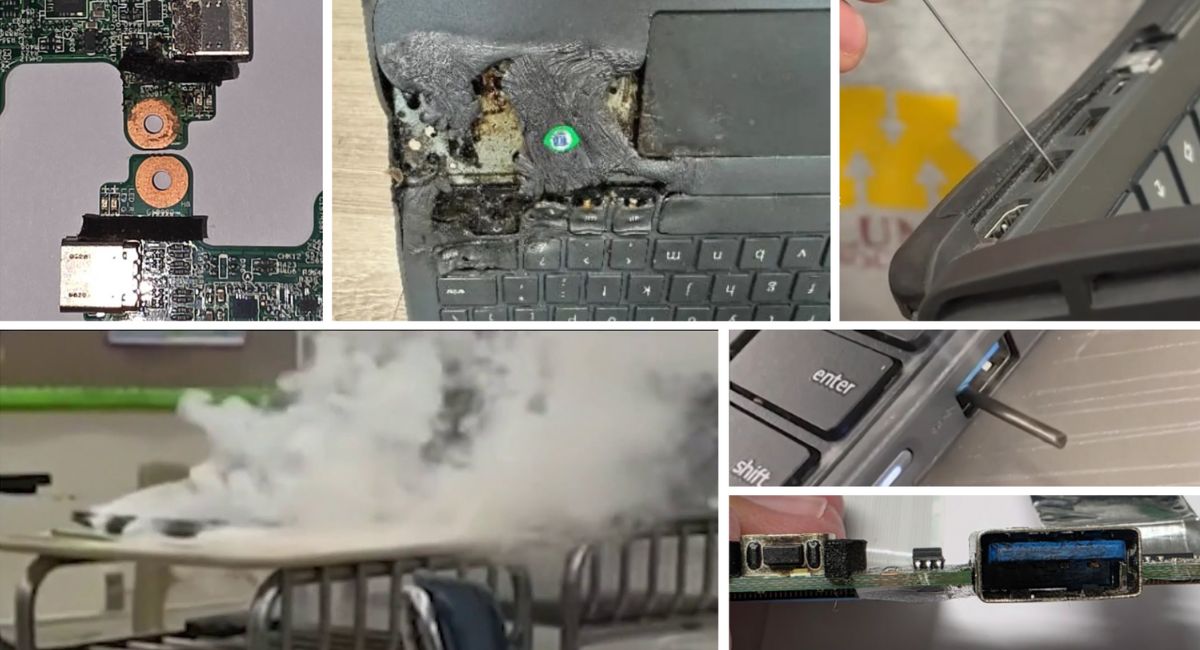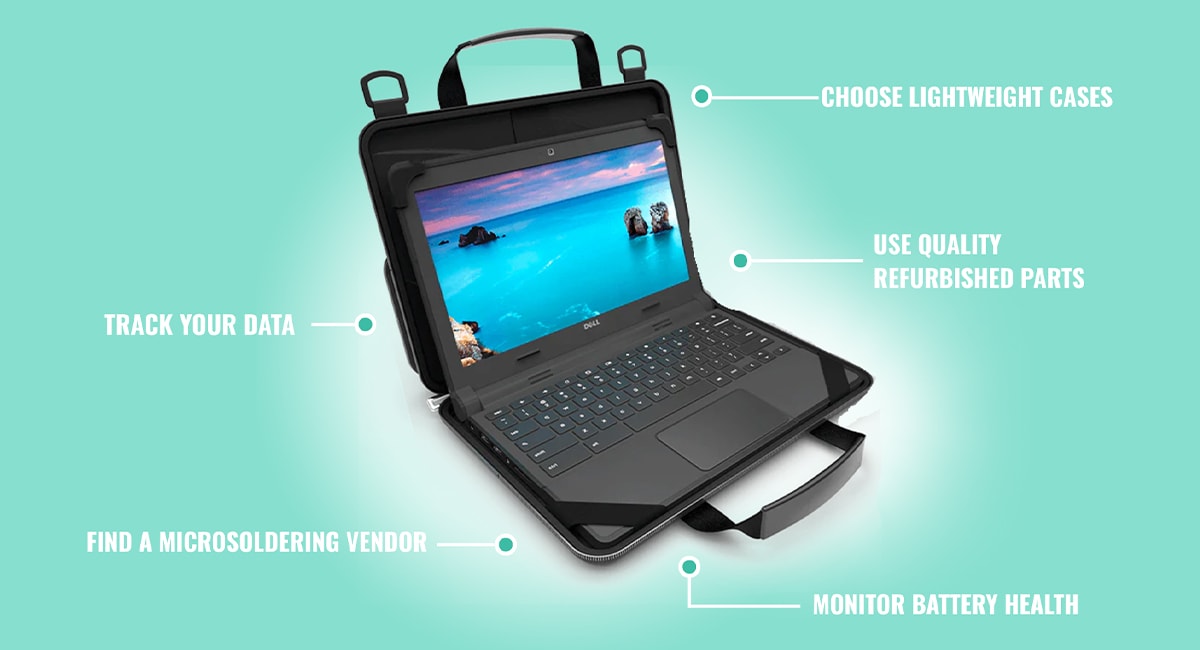The landscape of K-12 education is increasingly being shaped by advancements in technology. Given the dynamic nature of technological progress, it is imperative for schools to adopt sustainable and scalable strategies. This article will outline key considerations and best practices for creating a future-proof technological foundation in educational institutions.
1. Robust and Scalable Hardware and Software
The first step in any technology strategy should involve selecting reliable and scalable hardware and software solutions. Invest in high-speed internet, strong networking capabilities, and hardware that is both robust and adaptable for future needs. Utilizing cloud-based storage solutions can ensure the security and accessibility of essential data.
2. Sustainable One-to-One Management
One-to-one devices have become integral to the daily learning process within K-12 schools. But keeping a one-to-one environment running is no simple task. Devices must be regularly maintained and repaired once broken. Devices must be cycled out at the end of their life and new devices carefully selected and deployed. Having seamless processes in place for these regularly occurring tasks is paramount to running a successful one-to-one environment.
3. Comprehensive Technology Training
The successful integration of technology extends beyond the equipment to the users themselves. All stakeholders, including teachers, administrators, and auxiliary staff, should be proficient in the day-to-day applications of these tools. Training programs should be frequent, updated, and tailored to suit different skill levels to foster an inclusive environment. Technology Integration Specialists can be an asset in this regard.
4. Adaptive Curriculum Development
With the rapidly evolving tech environment, flexibility in the curriculum is not just advisable—it’s essential. Consider implementing elective courses, workshops, and seminars that give students the opportunity to engage with new technologies as they emerge.
5. Cybersecurity Measures
An increase in technological resources inevitably carries the potential for increased security risks. A thorough cybersecurity strategy should be implemented, covering best practices for secure password management, routine system audits, and educational programs to train users on how to maintain a secure digital environment.
6. Industry Collaboration
Partnerships with technology companies can provide educational institutions with valuable insights into upcoming trends and best practices. These collaborations often yield tangible benefits, such as donations of hardware or software, and can serve to keep the educational environment at the forefront of technological innovation.
7. Periodic Policy Review
In a realm that changes as quickly as technology, regular reviews of relevant policies are crucial. These reviews should be conducted to ensure compliance with the latest security protocols and to adapt to new educational technologies.
8. Community Engagement
Parental and community involvement can significantly enhance the success of a school’s technology initiative. Regular updates and inclusive community events, such as technology fairs or informational sessions, can serve to keep all stakeholders invested in the school’s technological progress.
9. Ensuring Equitable Access
Equity should be a cornerstone in the deployment of educational technology. Access to resources should not be a limiting factor in a student’s ability to engage with educational technology, and programs should be implemented to ensure all students have equal opportunities.
Building a future-ready technological infrastructure is not just about acquiring the latest tools; it’s about creating a culture that understands, adapts, and grows with these tools. A cohesive approach that addresses hardware, training, curriculum, security, industry collaboration, policy, community engagement, and equity can serve as a strong foundation for schools to thrive in this ever-changing environment.



